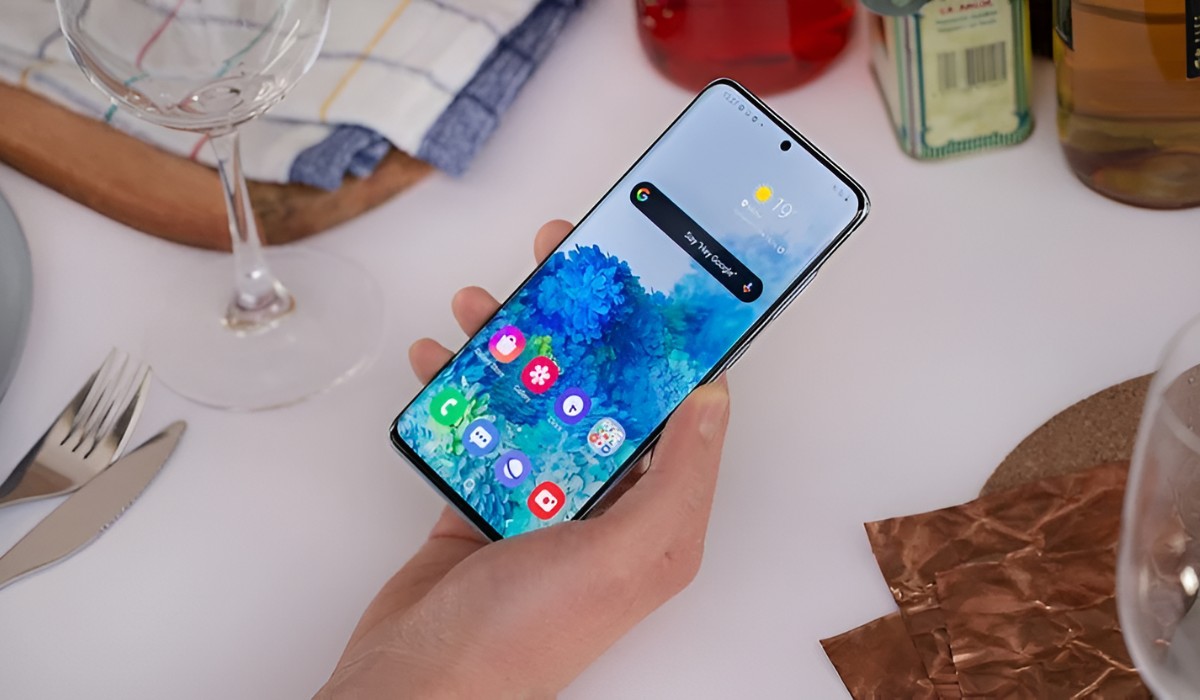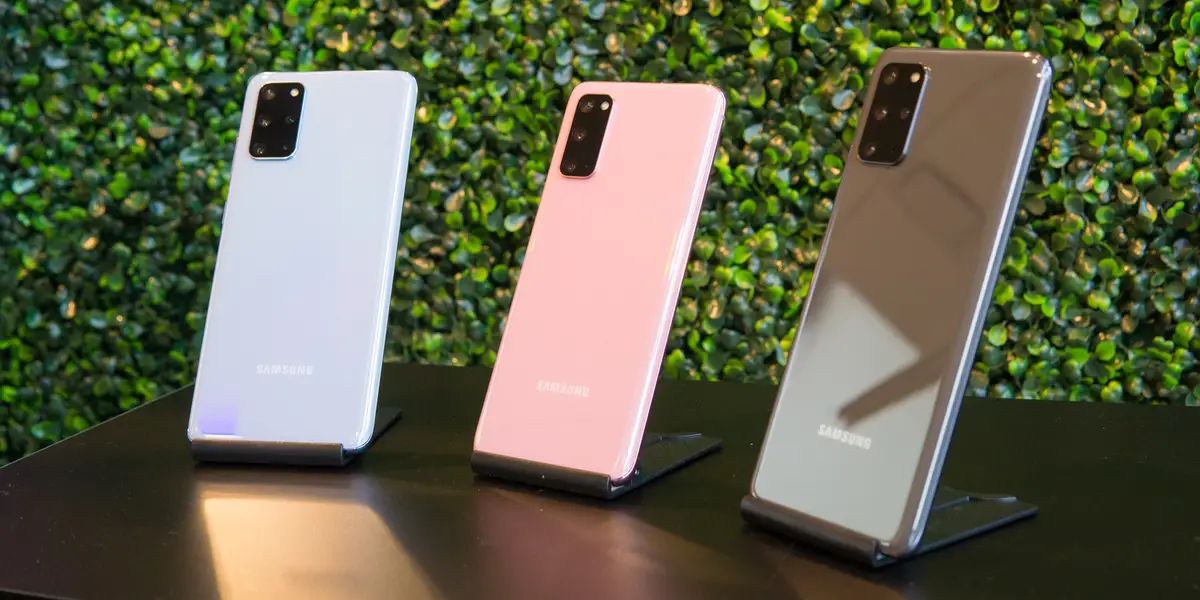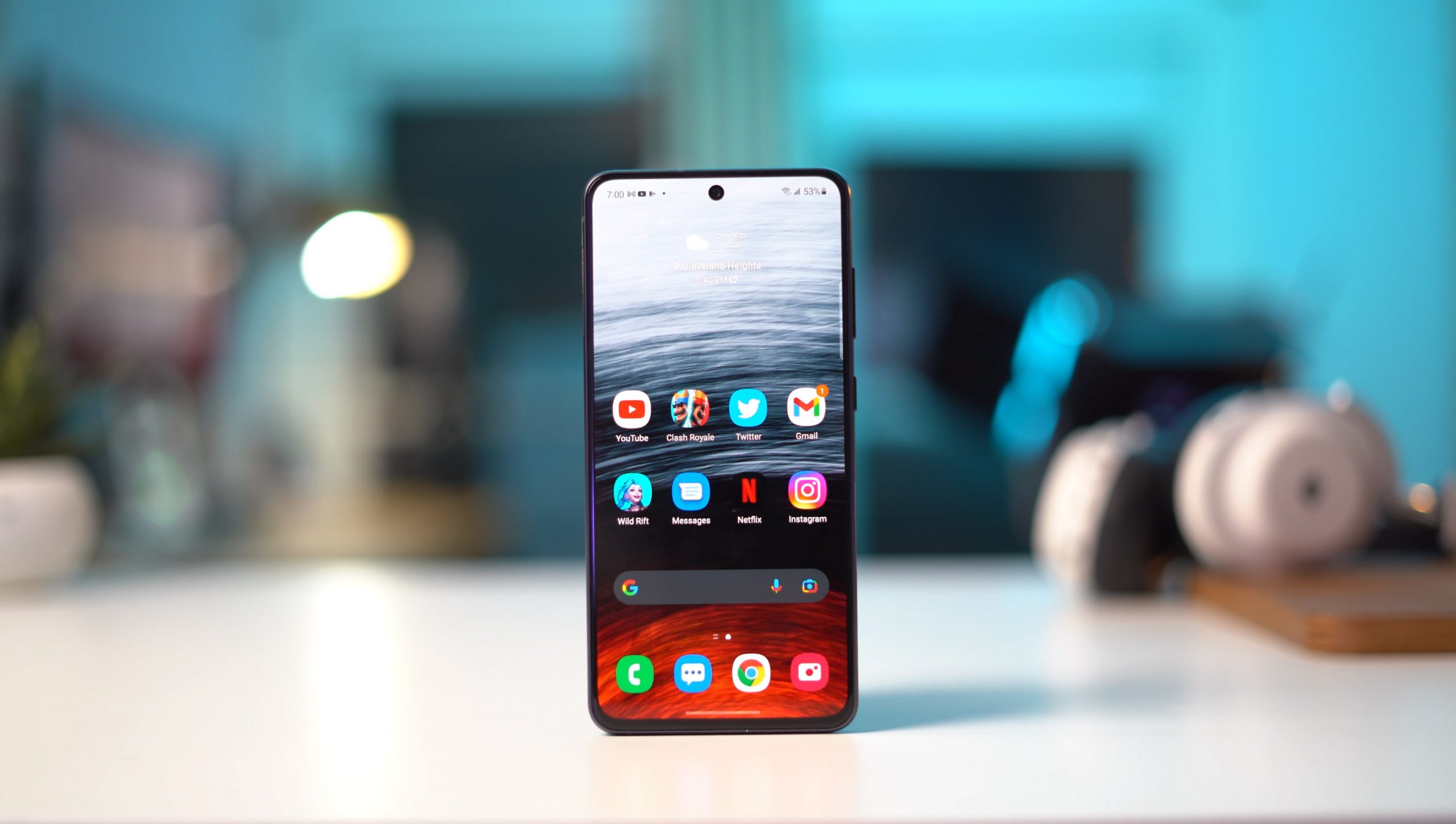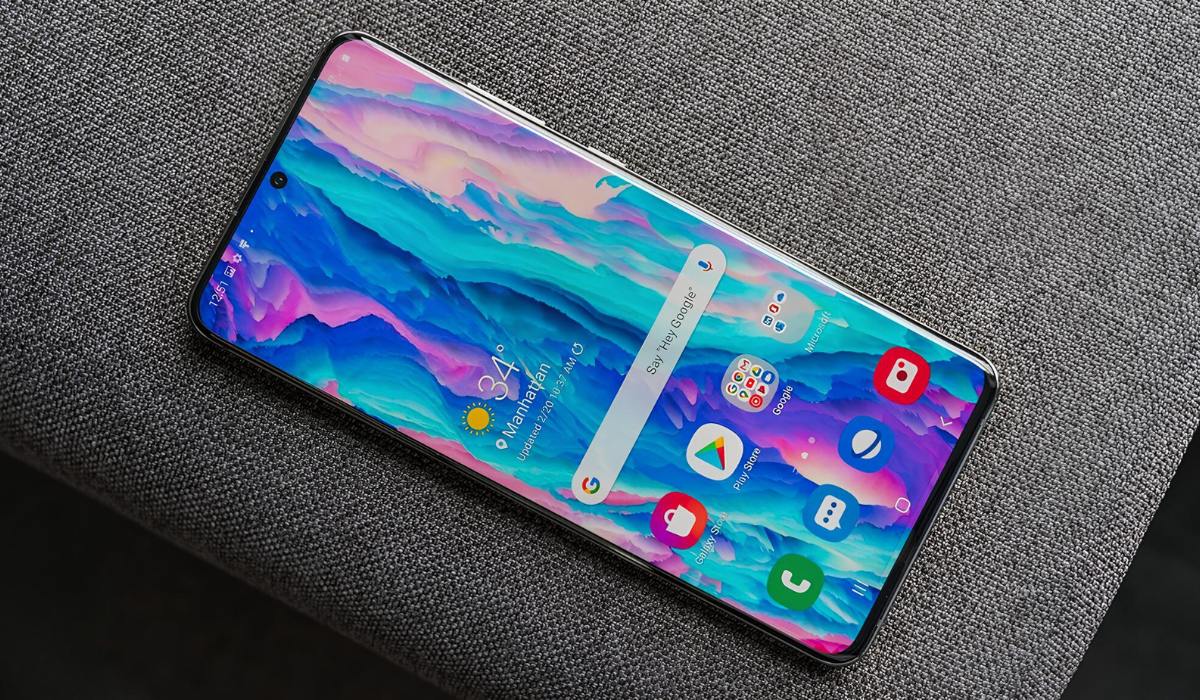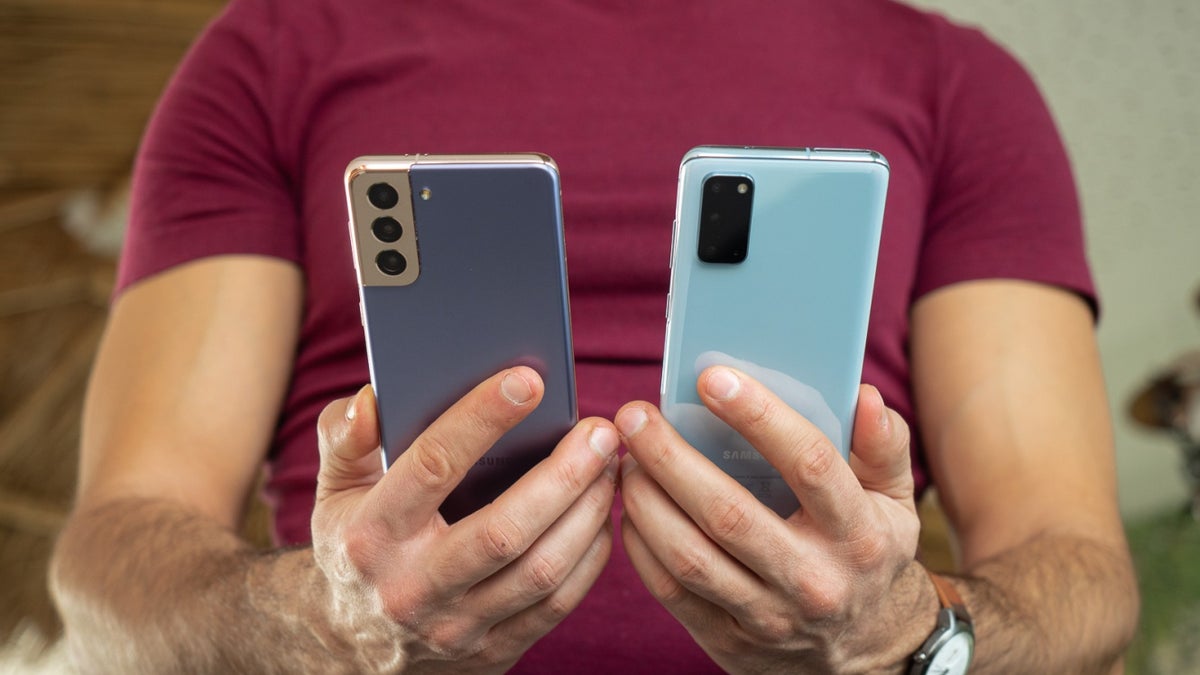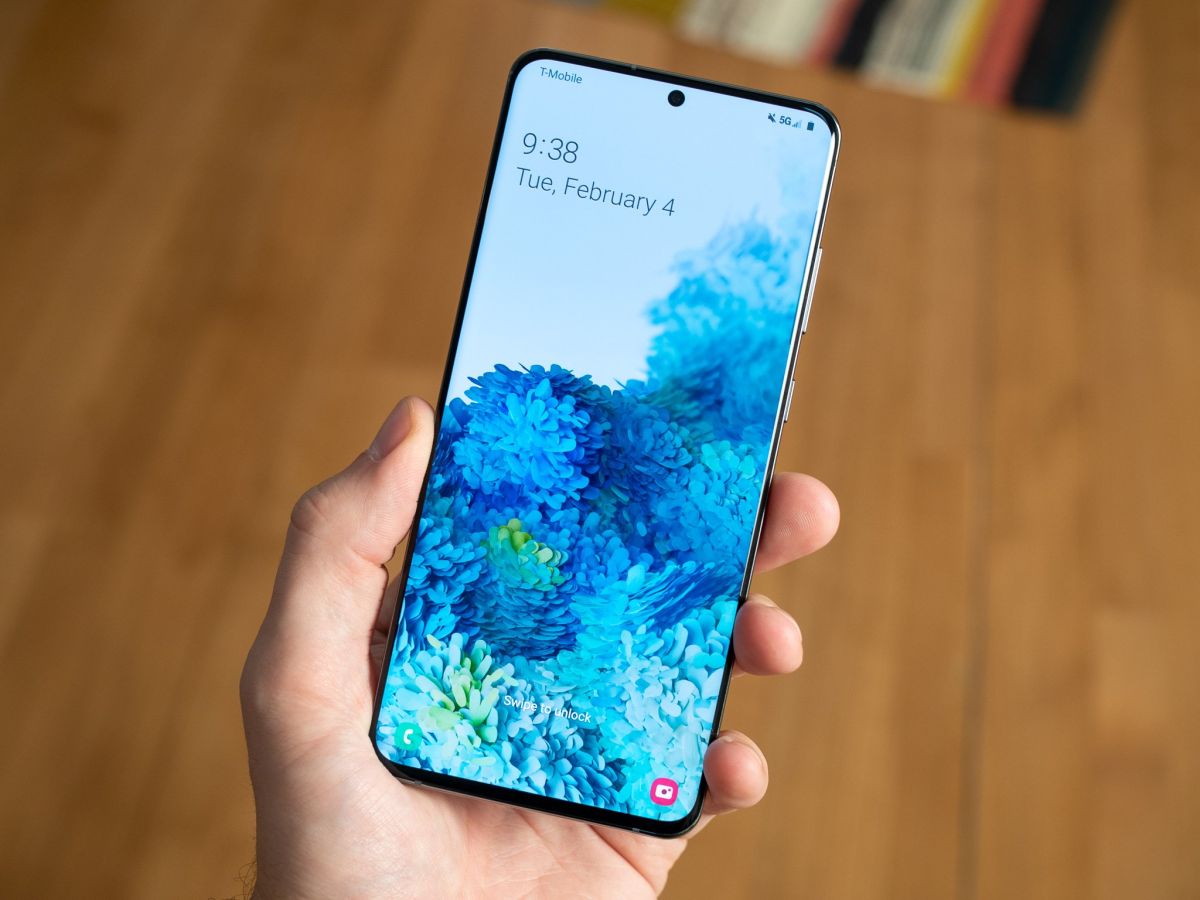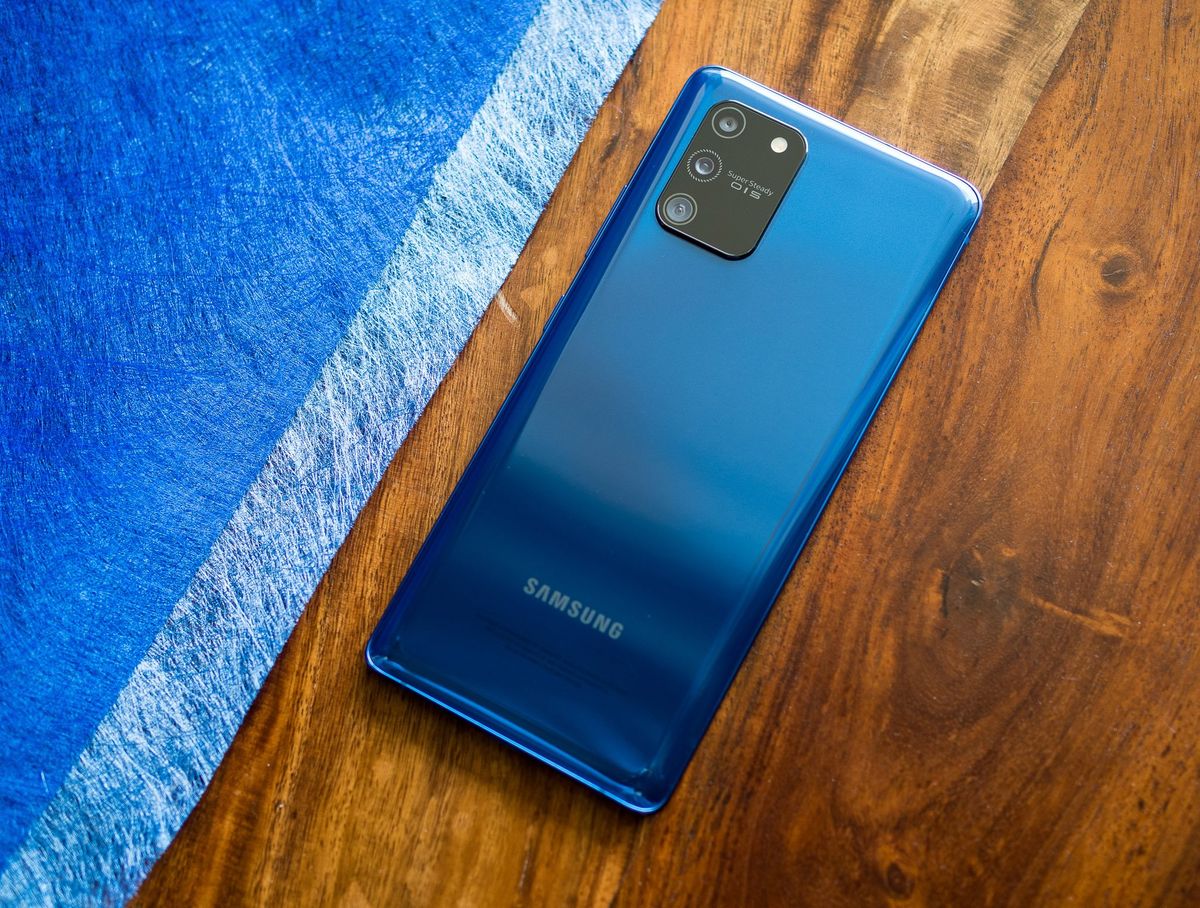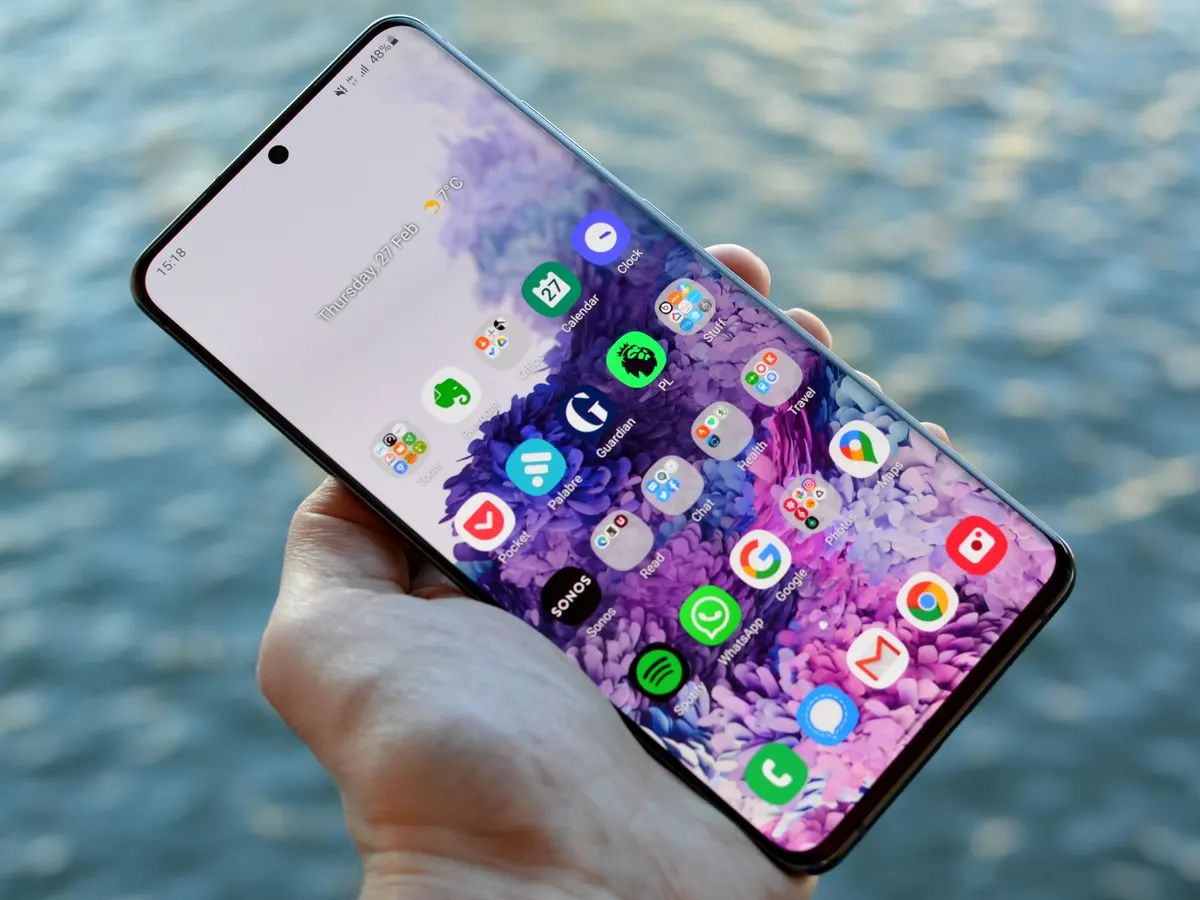Back Up Your Data
Before performing a reset on your Samsung Galaxy S20, it is crucial to back up all your important data. This ensures that you don’t lose any valuable files, contacts, messages, or settings during the reset process. Here’s how you can back up your data:
- Google Account: Sync your device with your Google account to automatically back up your contacts, calendar events, app data, and more. To do this, go to “Settings,” tap on “Accounts and backup,” select your Google account, and enable the desired syncing options.
- Samsung Account: If you have a Samsung account, use the Samsung Cloud service to back up your device settings, contacts, messages, and more. Open “Settings,” tap on “Accounts and backup,” select “Samsung Cloud,” and follow the on-screen instructions to back up your data.
- External Storage: Consider copying your important files, photos, and videos to an external storage device, such as an SD card or a computer. Connect your device to the computer using a USB cable and transfer the desired files to a safe location on your computer or the external storage device.
- Third-Party Backup Apps: There are several third-party apps available on the Google Play Store that provide comprehensive backup solutions. These apps allow you to back up your contacts, messages, photos, videos, app data, and more. Install a trusted backup app of your choice, configure the settings, and perform a full backup of your device.
Remember to double-check your backup to ensure that all your important data has been successfully backed up. Once you’re confident that your data is safe, you can proceed with the reset process without worrying about losing any valuable information.
Option 1: Soft Reset
If you are experiencing minor issues with your Samsung Galaxy S20, a soft reset may resolve the problem without deleting any of your data. This method can help with issues like device freezing, unresponsive apps, or a slow performance. Here’s how you can perform a soft reset:
- Press and hold the “Volume Down” and “Power” buttons simultaneously.
- Continue to hold both buttons until the device vibrates and the Samsung logo appears on the screen.
- Release the buttons and allow your device to restart.
After the soft reset, your Galaxy S20 will boot up normally, and you can check if the issue has been resolved. This method clears temporary files and refreshes the device without affecting your personal data or settings.
If the problem persists, you may need to try other troubleshooting methods or consider a more comprehensive reset option. Keep in mind that a soft reset is typically the first step to troubleshoot minor issues, and it’s always recommended to back up your data before attempting any reset.
Option 2: Factory Reset from Settings
If you’re facing persistent software issues on your Samsung Galaxy S20 and a soft reset didn’t solve the problem, performing a factory reset from the device’s settings can help. A factory reset will erase all data on your phone and restore it to its original state. Here’s how you can do it:
- Open the “Settings” app on your Galaxy S20.
- Scroll down and tap on “General Management.”
- Select “Reset” from the menu options.
- Tap on “Factory Data Reset.”
- Review the information provided and then tap on “Reset.” You may need to enter your device’s PIN, password, or pattern to proceed.
- Finally, tap on “Delete All” to confirm the factory reset.
Your Samsung Galaxy S20 will now begin the factory reset process. This may take a few minutes, and your device will restart when the process is complete. Once the reset is done, you can set up your phone as if it were brand new or restore data from a previous backup.
Note that factory resetting your device will erase all personal data, including contacts, messages, apps, photos, and settings. Therefore, it’s essential to perform a thorough backup before proceeding with the factory reset to prevent any data loss.
Option 3: Factory Reset with Hardware Buttons
If you’re unable to access the settings on your Samsung Galaxy S20 or if the device is unresponsive, you can perform a factory reset using the hardware buttons. This method is useful when your phone is frozen, stuck on a boot loop, or experiencing serious software issues. Here’s how you can do it:
- Turn off your Galaxy S20 by pressing and holding the “Power” button.
- Next, press and hold the “Volume Up” and “Power” buttons simultaneously.
- Continue to hold both buttons until the Samsung logo appears on the screen, and then release only the “Power” button while keeping the “Volume Up” button pressed.
- You will be taken to the Android recovery menu. To navigate through the menu options, use the volume up and down buttons, and to select an option, use the power button.
- Scroll down and select “Wipe data/factory reset” from the menu.
- Confirm the action by selecting “Yes” and then press the power button to initiate the factory reset process.
- Once the reset process is complete, select “Reboot system now” to restart your device.
Your Samsung Galaxy S20 will now reset to its original factory settings. All your personal data, including apps, contacts, photos, and settings, will be erased. It’s essential to have a backup of your data before performing a factory reset using this method.
Remember, using the hardware buttons to perform a factory reset should only be done when necessary, as it is a more drastic solution. If you can access the settings on your device, it’s generally recommended to perform the factory reset through the settings menu to avoid any accidental button presses.
Option 4: Reset Network Settings
If you’re experiencing connectivity issues or have trouble connecting to Wi-Fi networks or mobile data on your Samsung Galaxy S20, resetting the network settings can often resolve the problem. This option will reset all network-related settings, including Wi-Fi passwords, Bluetooth connections, and mobile data settings. Here’s how you can reset the network settings:
- Open the “Settings” app on your Galaxy S20.
- Scroll down and tap on “General Management.”
- Select “Reset” from the menu options.
- Tap on “Reset Network Settings.”
- Review the information provided and then tap on “Reset Settings.” You may need to enter your device’s PIN, password, or pattern to proceed.
- Finally, tap on “Reset” to confirm the network settings reset.
Your Samsung Galaxy S20 will now reset all network-related settings. This process may take a moment, and your device will restart afterward. Once the reset is complete, you’ll need to reconnect to Wi-Fi networks, pair Bluetooth devices again, and adjust mobile data settings if necessary.
Resetting the network settings can often resolve issues such as Wi-Fi connection problems, Bluetooth pairing failures, or mobile data connectivity issues. However, keep in mind that this reset will clear all saved Wi-Fi passwords and Bluetooth connections, so you’ll need to manually enter them again after the reset.
If you’re still experiencing network problems after resetting the network settings, you may need to troubleshoot further or contact your network service provider for assistance.
Option 5: Reset App Preferences
If you’re encountering issues with specific apps on your Samsung Galaxy S20, resetting the app preferences can often resolve conflicts or misconfigurations. This option restores all app settings to their default values without deleting any app data or personal information. Here’s how you can reset app preferences:
- Open the “Settings” app on your Galaxy S20.
- Scroll down and tap on “Apps.”
- Tap on the three-dot menu icon in the top-right corner of the screen.
- Select “Reset App Preferences” from the menu.
- A confirmation dialog will appear. Tap on “Reset Apps” to proceed.
Once you’ve reset the app preferences, all system default app settings, such as default browser, launcher, and permissions, will be restored. Additionally, any disabled apps you previously enabled will be reset to their default state.
Resetting app preferences can help resolve issues such as app crashes, incorrect permissions, or unexpected behavior. However, keep in mind that individual app settings, such as login credentials or personalized preferences, will not be affected by this reset.
If you’re still experiencing problems with specific apps after resetting the app preferences, you may need to consider clearing the app cache or data, or uninstalling and reinstalling the problematic app.
It’s important to note that resetting app preferences should be used as a troubleshooting step, and it’s always a good idea to back up important app data before proceeding. If you’re unsure about resetting the preferences for a particular app, it’s recommended to seek assistance from the app developer or support community.
Option 6: Reset Keyboard Settings
If you’re experiencing issues with your keyboard, such as incorrect autocorrect suggestions, unresponsive keys, or a laggy typing experience on your Samsung Galaxy S20, resetting the keyboard settings can help resolve these problems. This option allows you to reset the keyboard to its default settings without affecting your personal data. Here’s how you can reset the keyboard settings:
- Open the “Settings” app on your Galaxy S20.
- Scroll down and tap on “General Management.”
- Select “Language and input.”
- Tap on “On-screen keyboard.”
- Select your preferred keyboard, such as Samsung Keyboard or Gboard.
- Tap on “Reset settings” or “Reset to default,” depending on your keyboard app.
- A confirmation dialog will appear. Tap on “Reset” to confirm.
Once you’ve reset the keyboard settings, the keyboard app will revert to its default configuration. This includes resetting autocorrect suggestions, learned words, and any personalized keyboard settings you may have made.
Resetting the keyboard settings can help improve typing accuracy, fix keyboard lag, or resolve issues with incorrect autocorrect behavior. However, keep in mind that any customizations or personalized settings you made will be lost after the reset.
If you’re still experiencing issues with your keyboard after resetting the settings, you may need to consider clearing the keyboard app’s cache or data, or trying a different keyboard app from the Google Play Store.
Remember to regularly update your keyboard app and ensure you have the latest software updates for your device to benefit from bug fixes and performance improvements.
Resetting the keyboard settings is a troubleshooting step and can be useful in resolving keyboard-related issues. If you’re unsure about resetting the keyboard settings or need further assistance, you can reach out to the keyboard app’s developer or refer to the support resources available for your specific keyboard app.
Option 7: Reset Home Screen Layout
If you’re facing issues with the layout or customization of your home screen on your Samsung Galaxy S20, resetting the home screen layout can help restore it to its default settings. This can be useful if your home screen is cluttered, icons are misplaced, or if you’re experiencing lag or slow performance when navigating through the home screen. Here’s how you can reset the home screen layout:
- Tap and hold on an empty area of the home screen.
- Tap on “Home screen settings” or “Home screen layout.”
- Look for an option like “Reset home screen layout” or “Restore default layout.”
- Tap on the option to reset the home screen layout.
- A confirmation dialog may appear. Tap on “Reset” or “OK” to confirm.
After you reset the home screen layout, your Samsung Galaxy S20 will revert to its default home screen configuration. This means that any added widgets, rearranged icons, or customized shortcuts will be removed, and the home screen will reflect the original layout.
Resetting the home screen layout can help improve the visual organization and responsiveness of your device’s interface. If you were experiencing performance issues or if your home screen was cluttered, this reset can bring a fresh start.
Remember, resetting the home screen layout does not delete any personal data or apps. It only resets the appearance and organization of the home screen itself. Your apps, files, and other data will remain intact.
If you continue to have issues with your home screen or experience performance problems, you may need to troubleshoot further or consider other customization options available on your device.
Additionally, you can explore alternative launchers from the Google Play Store to customize the look and feel of your home screen beyond the stock options provided by Samsung.
Resetting the home screen layout is a safe and reversible procedure. If you’re unsure about resetting your home screen layout or require further assistance, you can refer to the user manual provided with your Galaxy S20 or seek help from Samsung support resources.
Option 8: Reset Accessibility Settings
If you’re experiencing issues with the accessibility settings on your Samsung Galaxy S20, resetting them can help resolve any conflicts or misconfigurations. This option allows you to reset all accessibility settings to their default values without affecting your personal data. Here’s how you can reset the accessibility settings:
- Open the “Settings” app on your Galaxy S20.
- Scroll down and tap on “Accessibility.”
- Look for an option like “Accessibility settings” or “Manage accessibility.”
- Tap on the option to access the accessibility settings.
- Scroll to the bottom of the screen and find the “Reset Accessibility Settings” option.
- Tap on this option to reset the accessibility settings.
- A confirmation dialog may appear. Tap on “Reset” or “OK” to confirm.
Once you reset the accessibility settings, all accessibility-related configurations, preferences, and customizations will be restored to their default values.
Resetting the accessibility settings can help if you’re experiencing issues with features such as TalkBack, font size adjustments, color inversion, or any other accessibility-related functionality. It allows you to start with a clean slate and reconfigure the settings to your specific needs.
Keep in mind that after the reset, you’ll need to go through the accessibility settings again and reconfigure them according to your preferences. Adjust options such as display size, font size, spoken feedback, and any other accessibility features that you require.
If you’re still experiencing accessibility issues after resetting the settings, you may need to troubleshoot further or seek assistance from the specific feature’s documentation or support resources.
Accessibility settings are designed to provide an inclusive experience for all users, allowing them to customize their device to better suit their needs. If you require specialized accessibility features or face challenges in using certain functions, explore the available options to make your device more accessible and user-friendly.
If you’re unsure about resetting the accessibility settings or need further assistance, refer to the user manual provided with your Galaxy S20 or reach out to Samsung support resources for guidance.
Option 9: Reset All Settings
If you’re facing persistent software issues or multiple problems with your Samsung Galaxy S20, performing a reset of all settings can often help resolve them. This option allows you to reset all system settings, including network settings, display settings, sound settings, and more, without deleting your personal data or installed apps. Here’s how you can reset all settings:
- Open the “Settings” app on your Galaxy S20.
- Scroll down and tap on “General Management.”
- Select “Reset” from the menu options.
- Tap on “Reset All Settings.”
- Review the information provided and then tap on “Reset settings.” You may need to enter your device’s PIN, password, or pattern to proceed.
- A confirmation dialog may appear. Tap on “Reset” or “OK” to confirm.
After the reset, your Samsung Galaxy S20 will revert to its default system settings. This includes network settings, display settings, sound settings, accessibility settings, and more. Any personalized settings or preferences you’ve made will be reset to their default values.
Resetting all settings can help resolve issues such as network connectivity problems, unusual screen behaviors, audio glitches, or any other system-related issues. It’s often considered a comprehensive troubleshooting step before resorting to a factory reset, as it doesn’t delete your data or apps.
Keep in mind that after the reset, you’ll need to reconfigure your preferences and settings according to your needs. Adjust options such as Wi-Fi settings, display brightness, sound volume, notification settings, and any other settings that were modified according to your specific requirements.
If you’re still experiencing problems after resetting all settings, you may need to consider a factory reset or seek support from Samsung or your service provider for further assistance.
Before proceeding with any reset option, it’s always recommended to back up your data to ensure its safety. This ensures that you don’t lose any important information or files during the reset process.
Resetting all settings can be a helpful step in troubleshooting and resolving system-related issues on your Galaxy S20. However, if you’re unsure about performing this reset or need further guidance, refer to the user manual provided with your device or reach out to Samsung support resources for assistance.









